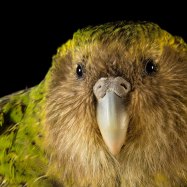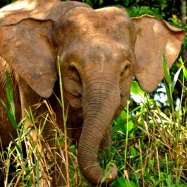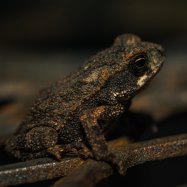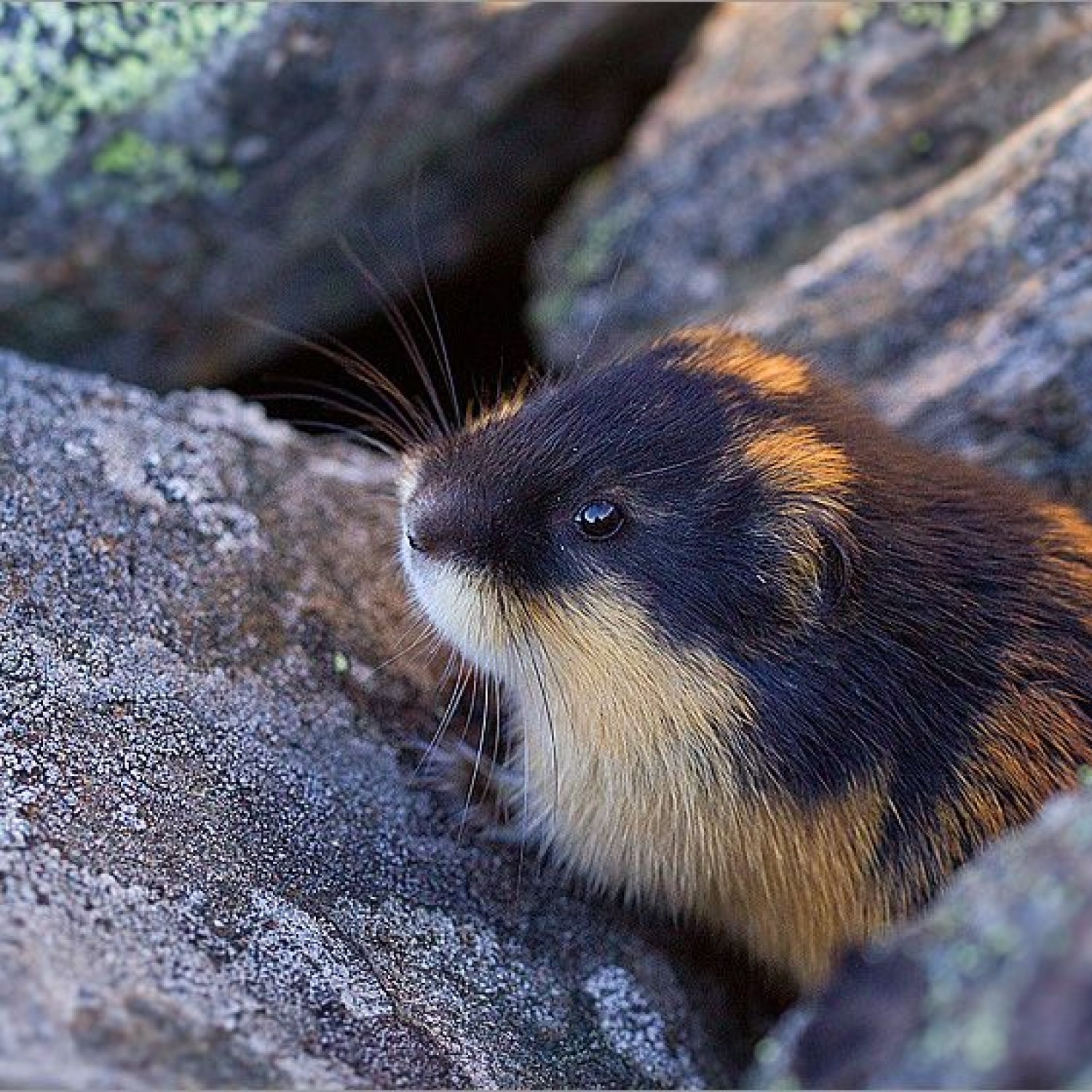
Lemming
9-12 cm
Looking to spot some cute creatures in the northern hemisphere? Keep an eye out for the Lemming! These small and compact animals belong to the Cricetidae family and measure 9-12 cm in length. Don't be fooled by their size, as these adorable critters have unique adaptations that allow them to thrive in harsh, snowy environments. Keep your camera ready for a chance to capture these elusive creatures!
Animal Details Summary:
Common Name: Lemming
Kingdom: Animalia
Habitat: Tundra
The Fascinating World of Lemmings: Tiny Creatures of the Tundra
In the vast, frozen tundras of the northern hemisphere, a small but mighty creature roams – the lemming. With its compact body and brown or gray fur, this tiny mammal may seem unassuming, but it holds a special place in the animal kingdom. In this article, we will dive into the fascinating world of lemmings and discover what makes them such unique creatures.A Quick Introduction
Scientifically known as Lemmus, lemmings are a rodent species that belong to the Cricetidae family Lemming. They are often referred to as "true lemmings" to distinguish them from other animals that are also called lemmings but are not part of the Lemmus genus. Lemmings are small, measuring only 9-12 cm in length, with a stocky body shape that helps them navigate through their harsh environment.A Habitat Like No Other
One of the most remarkable things about lemmings is their habitat – the tundra. Found in the frigid regions of the Arctic and Subarctic, the tundra is a vast, treeless landscape with short, cold summers and long, freezing winters. Despite its harsh conditions, lemmings are uniquely adapted to survive in this environment.Lemmings build their homes in the tundra's low-lying areas, such as riverbanks and valleys, where they dig tunnels and create a complex network of burrows. These burrows provide the lemmings with shelter from the cold and predators, keeping them safe and warm during the long winters.
Herbivores at Heart
Lemmings are herbivores, which means they primarily feed on plants. In the summertime, when the tundra is covered in a blanket of wildflowers and grasses, lemmings thrive and build their fat reserves for the upcoming winter Lhasapoo. They also store food in their burrows, just in case food becomes scarce during the colder months.During the winter, when the tundra is covered in snow and ice, lemmings rely on their stored food, building up their fat reserves to survive the harsh weather. These reserves also come in handy when food is scarce in the tundra, as lemmings can go into a state of hibernation to conserve energy.
A Well-Traveled Lemming
Although they may seem tiny and confined to their burrows, lemmings are actually quite well-traveled creatures. They are known for their impressive migration patterns, covering vast distances in search of food and suitable habitats.Lemmings are famous for their "mass migrations," where large groups of lemmings will travel together in search of new territories. These migrations can range from a few kilometers to hundreds of kilometers, and they occur every few years when the lemming population becomes too large for their habitat to support.
The Lemming – A Key Player in the Ecosystem
Despite their small size, lemings play a vital role in the tundra's delicate ecosystem. As herbivores, they keep the plant population in check, preventing overgrazing and promoting a balanced ecosystem. Lemmings also provide a food source for predators such as Arctic foxes, wolves, and birds of prey, making them an essential part of the food chain.But perhaps the most intriguing aspect of lemmings' role in the ecosystem is their effect on the tundra's vegetation. Lemmings feed on a type of lichen called "Reindeer Moss," which is crucial for maintaining the tundra's permafrost. By feeding on this lichen, lemmings help to keep the moss short, enabling air and sunlight to reach the ground, which allows the permafrost to regenerate.
Lemming Populations and Conservation
Lemmings are a vital part of the tundra, but their population numbers can fluctuate quite dramatically. These fluctuations occur due to several factors, including food availability, predation, and migration patterns. In some years, the lemming population can explode, and in other years it can crash, leading to a phenomenon called "boom and bust."These fluctuations can have a significant impact on the tundra's ecosystem, and researchers are studying lemming populations to better understand and monitor these changes. There have also been conservation efforts to protect the lemming's habitat and ensure their survival in the tundra.
The Misunderstood Lemming
Lemmings have been a subject of fascination and intrigue for centuries, but they have also been subject to many misconceptions. For many years, people believed that lemmings would throw themselves off cliffs in a mass suicide, earning them the label of "suicidal rodents." This misconception was perpetuated by a 1958 Disney documentary that faked footage of lemmings jumping off a cliff.In reality, lemmings do not commit mass suicide. However, they do engage in a behavior called "dispersal," where a small number of lemmings will leave their home territories to find new habitats. This behavior can sometimes lead them to cross bodies of water, where some lemmings may drown, giving the illusion of mass suicide.
A Lesson in Adaptability
Being small and living in a harsh environment poses many challenges for lemmings, but they have adapted remarkably well. Their fur keeps them warm in the winter, their burrows provide shelter, and their hibernation abilities help them conserve energy during food shortages. Additionally, lemmings have a unique adaptation to climate change, where they can change their fur color from brown to white in the winter months, providing them with camouflage against predators.Overall, lemmings serve as a valuable reminder of the resilience and adaptability of nature. They have carved out a niche for themselves in one of the most extreme environments on earth, and continue to thrive despite their challenges.
Conclusion
In conclusion, lemmings may be small, but they are mighty creatures that play a crucial role in the tundra's delicate ecosystem. They have adapted to survive in the harshest of conditions, and their unique migration patterns and behaviors have captured the attention of researchers and nature enthusiasts alike. As we continue to study and conserve these fascinating creatures, we can learn a lot from their ability to thrive in the face of adversity.

Lemming
Animal Details Lemming - Scientific Name: Lemmus
- Category: Animals L
- Scientific Name: Lemmus
- Common Name: Lemming
- Kingdom: Animalia
- Phylum: Chordata
- Class: Mammalia
- Order: Rodentia
- Family: Cricetidae
- Habitat: Tundra
- Feeding Method: Herbivore
- Geographical Distribution: Arctic and Subarctic regions
- Country of Origin: Norway
- Location: Northern hemisphere
- Animal Coloration: Brown or gray
- Body Shape: Small and compact
- Length: 9-12 cm
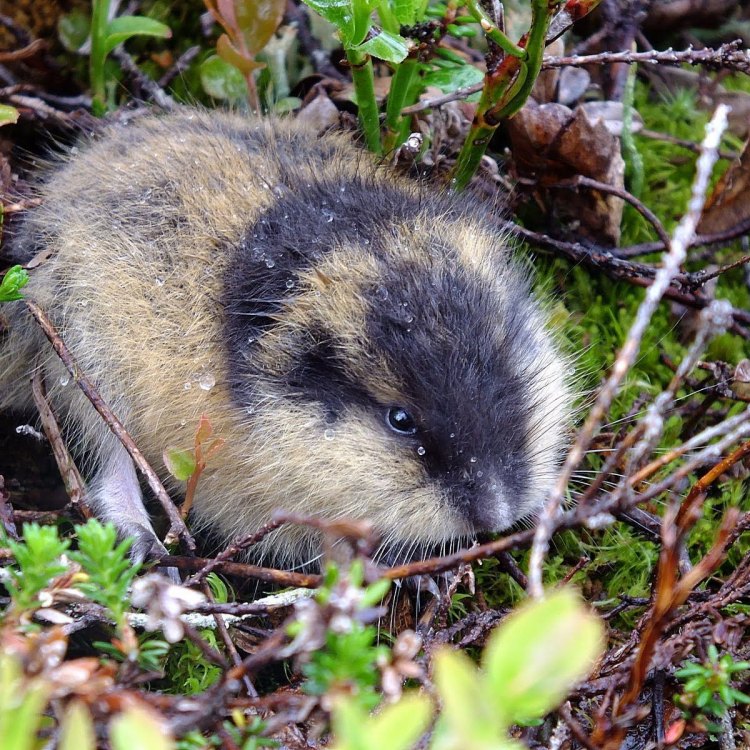
Lemming
- Adult Size: Small
- Average Lifespan: 1-3 years
- Reproduction: Sexual
- Reproductive Behavior: Promiscuous
- Sound or Call: High-pitched whistle
- Migration Pattern: Periodic mass migrations
- Social Groups: Colonial
- Behavior: Territorial
- Threats: Predation, climate change
- Conservation Status: Least concern
- Impact on Ecosystem: Ecosystem engineers
- Human Use: Research, fur trade
- Distinctive Features: Short legs, dense fur
- Interesting Facts: Belief in suicidal behavior is a myth
- Predator: Arctic fox, birds of prey
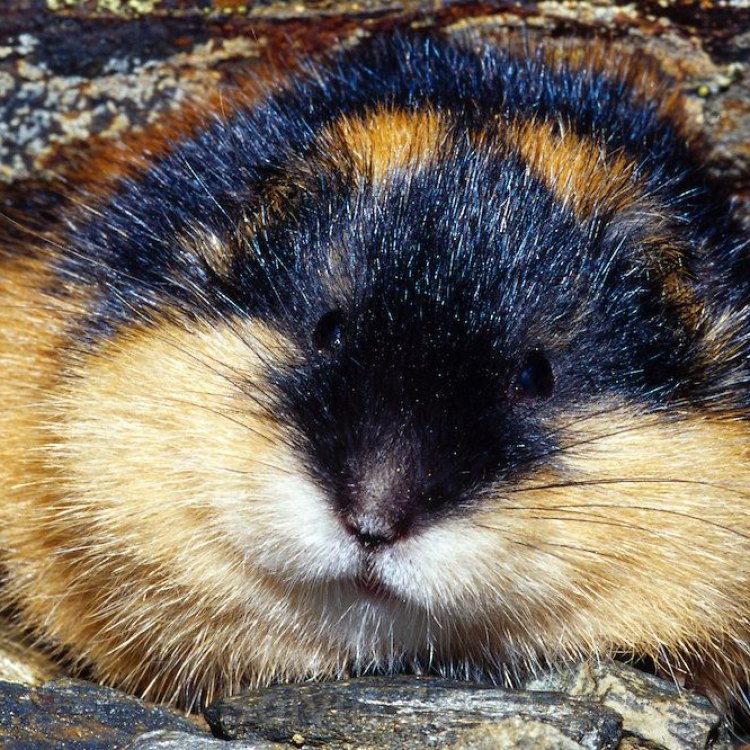
Lemmus
The Fascinating World of the Lemming: From Myth to Reality
When most people think of lemmings, they imagine tiny, suicidal rodents throwing themselves off cliffs en masse. But in reality, this popular belief is nothing more than a myth. Lemmings are actually fascinating creatures with unique characteristics and behaviors that contribute to the balance of their ecosystem.Native to the Arctic tundra and subarctic regions, lemmings are small rodents that belong to the family Cricetidae, which includes voles and hamsters PeaceOfAnimals.Com. They are found in North America, Europe, and Asia, and are known for their periodic mass migrations, a phenomenon that has captured the curiosity of humans for centuries.
Let us delve deeper into the world of lemmings and discover what makes them so unique and important in their environment.
Small But Mighty
Lemmings are small in size, usually measuring between 3 to 6 inches long and weighing no more than a few ounces. Despite their small size, they are mighty creatures with a lifespan of 1 to 3 years. They have adapted to survive in harsh, cold environments, making them resilient and adaptable.One of the most distinctive features of lemmings is their short legs, which are essential for maneuvering through their snowy habitats. They also have dense fur that helps them to stay warm in the cold tundra. As prey animals, their compact size and quick movements help them to escape from predators.
Reproduction and Promiscuous Behavior
Lemmings reproduce sexually and have a unique reproductive strategy known as promiscuity Lace Bug. Unlike other monogamous rodents, they mate with multiple partners, resulting in a mix of offspring with different genetic variations. This allows for increased genetic diversity within a population, making them more resilient to environmental changes and potential diseases.High-Pitched Whistles and a Colonial Society
Lemmings are not only fascinating in their reproductive strategies but also in their social behaviors. They are colonial animals, meaning they live in groups called colonies, which can have hundreds of individuals. These social groups play a crucial role in their survival, as they work together to build burrows and forage for food.To communicate with one another, lemmings make high-pitched whistles, which serve as a warning signal for predators and a means of identifying one another within the colony. These whistles are also used to attract mates during the breeding season.
Territorial But Not Suicidal
One of the most interesting behaviors of lemmings is their territorial nature. Each colony has a defined territory that they fiercely defend from other lemmings. This territorial behavior is crucial for their survival, as it ensures they have enough resources and reduces competition within the colony.However, this territorial behavior has also sparked the myth of lemmings being suicidal. The idea that they throw themselves off cliffs in large numbers is simply not true. This myth can be traced back to a 1958 documentary that staged a lemming migration by using a rotating platform to push the animals into the sea. This was then mistakenly interpreted as natural behavior, causing the myth to spread. In reality, lemmings are efficient navigators and do not engage in this type of behavior.
Threats to Survival and Conservation Status
Like any other species, lemmings face various threats to their survival. The most significant threat comes from predators such as the Arctic fox and birds of prey. Climate change is also a major threat to their survival, as it alters the fragile balance of their ecosystem. Changes in temperature and snow levels can have a significant impact on their food sources, leading to population declines and, in extreme cases, extinction.Despite these threats, lemmings are currently listed as least concern on the IUCN Red List of Threatened Species. However, their population is declining due to climate change and human activities such as hunting and trapping for their fur.
The Importance of Lemmings in the Ecosystem
Although small in size, lemmings play a crucial role in their ecosystem. They are classified as ecosystem engineers, meaning they have a significant impact on their environment. They dig burrows that provide shelter for themselves and other animals, such as other rodents and birds, which in turn helps to maintain the health of the tundra ecosystem.Moreover, lemmings are an essential food source for predators, such as the Arctic fox, which helps to keep their populations in check and maintain a balance in the food chain. Without lemmings, the entire Arctic tundra ecosystem could be thrown off balance, leading to cascading effects on other species.
Human Use and Research
Aside from their role in the ecosystem, lemmings have also been of interest to humans for research purposes. Due to their unique reproductive behavior, they are often studied by scientists to better understand the benefits of promiscuity and genetic diversity. They have also been used in various laboratory experiments, including gene research and studies on thermal tolerance.Historically, lemmings were also a part of the fur trade, primarily in Europe and Asia. However, due to declining populations and conservation efforts, this trade has significantly decreased in recent years.
Fascinating Creatures Worth Protecting
In conclusion, lemmings are more than just small rodents with short legs and dense fur. They have unique characteristics and behaviors that make them an important part of the Arctic tundra ecosystem. Despite facing threats from predators and climate change, they have managed to adapt and survive in their harsh environment.As humans, it is our responsibility to protect and conserve these fascinating creatures and their habitat. By doing so, we are not only preserving a key element of the ecosystem but also ensuring the survival of a species that has been unjustly portrayed in myths and misconceptions. Let us appreciate and celebrate the true nature of lemmings, from myth to reality.
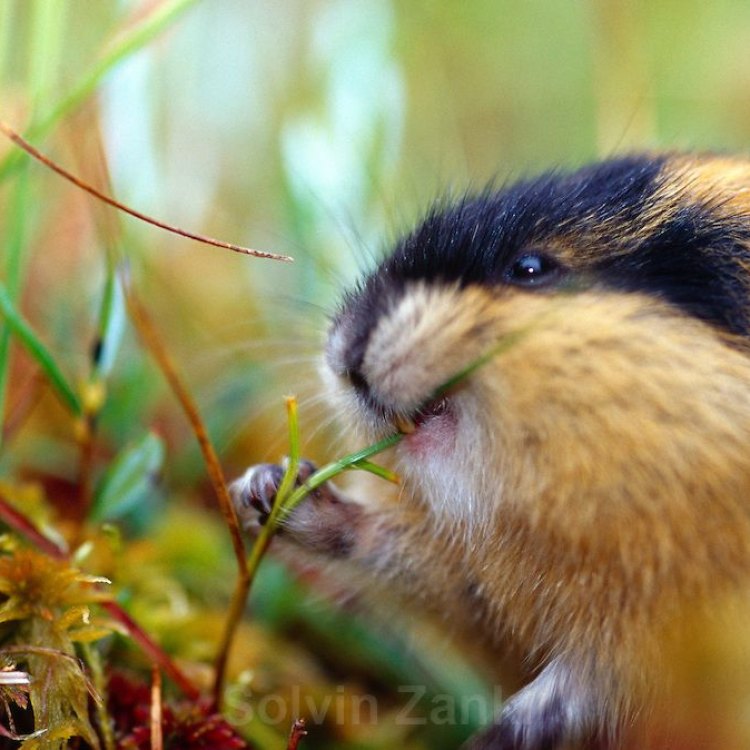
The Fascinating World of Lemmings: Tiny Creatures of the Tundra
Disclaimer: The content provided is for informational purposes only. We cannot guarantee the accuracy of the information on this page 100%. All information provided here may change without prior notice.





